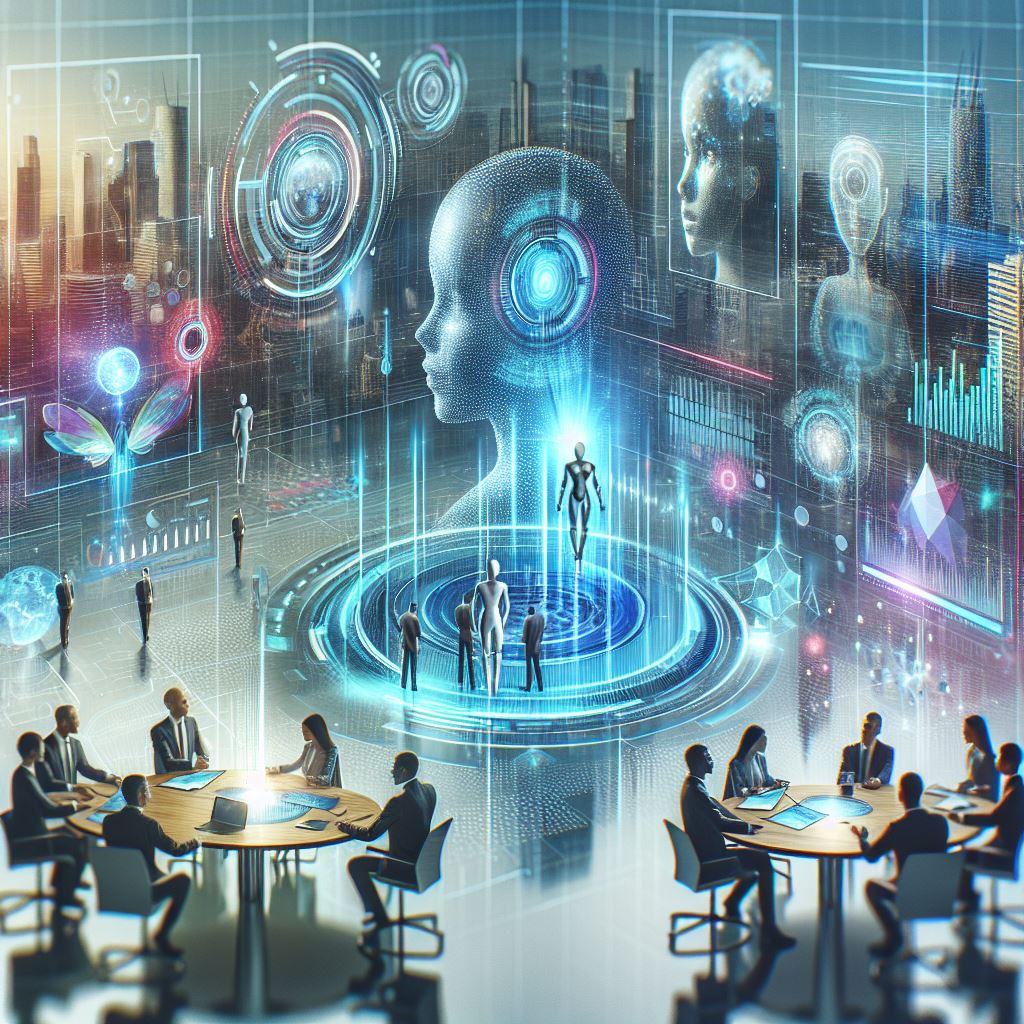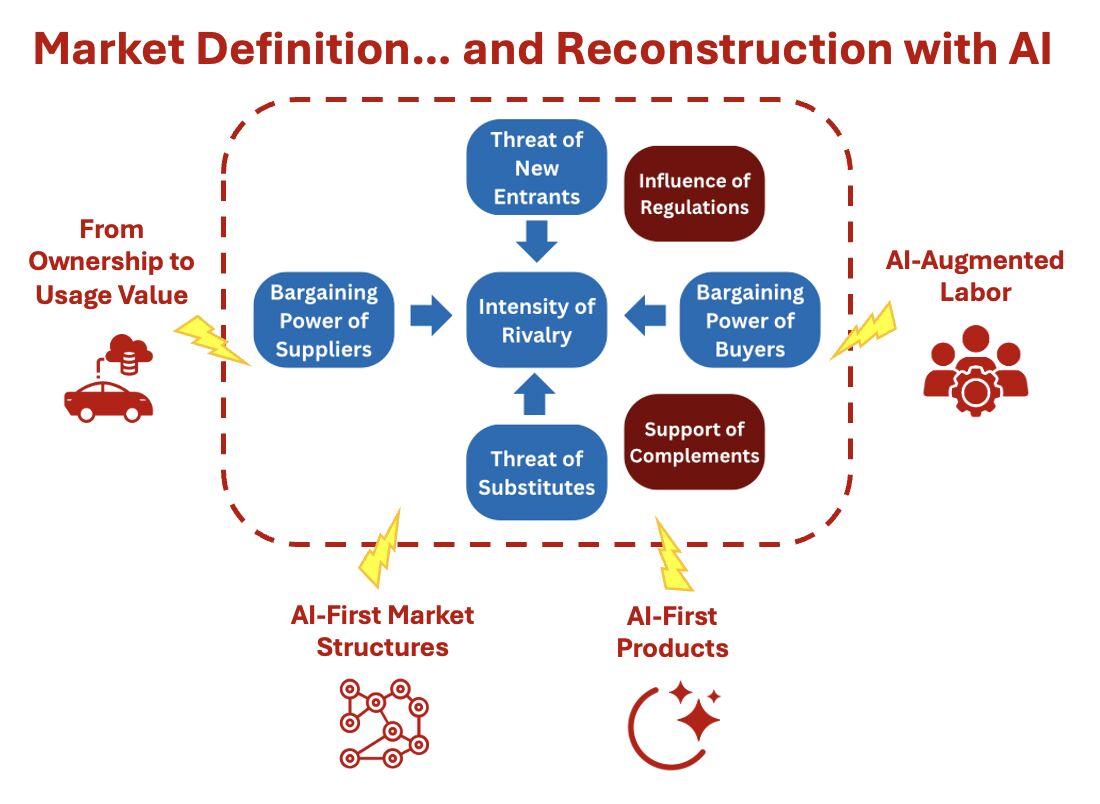-

Decoding the AI Landscape: Insights from Major Players’ 2025 Announcements
•
While I provide advice in a technology- and company-agnostic way, it’s useful to analyze the announcements made by major AI players during their conferences—such as this week’s Microsoft Build 2025, Google I/O, and tomorrow Anthropic’s Code with Claude. These events reveal each company’s strategic intent and areas of focus. When combined with performance benchmarks,…
-

Rethinking Corporate Strategy in the Age of AI
•
EY’s EMEIA Board Priorities 2025 report recommends that boards ensure the organization’s AI and digital strategy aligns with its corporate strategy. They advise management to outline AI readiness for today and tomorrow, and to assess whether new tools support the existing direction, or if rapid advances in AI warrant a strategic rethink. This is…
-

Can AI Help? A Framework to Position Use Cases
•
To assess whether artificial intelligence (AI) can be helpful in a given task, it’s useful to consider two dimensions of work: conceptual complexity and data processing intensity. At the simplest level, low conceptual complexity and low data requirements, we find tasks like basic arithmetic. These are straightforward and have long been automated. As we move up the…
-

Microsoft Report on Working with AI: Benefits, and Risks to Social Skills
•
While Microsoft’s report, coming from a leading player in AI and based in part on survey data, presents an optimistic view of AI adoption, it also outlines interesting decision points for companies and a generic roadmap. Beneath the enthusiasm, however, the report hints at emerging concerns around workplace social dynamics. Specifically, in explaining why…
-

How Long Until Artificial General Intelligence (AGI)?
•
Artificial General Intelligence (AGI) refers to AI systems with broad, human-level cognitive abilities: the capacity to reason, learn, and adapt across a wide range of tasks, not just a narrow domain like playing chess or recognizing faces. Some prefer to talk about human level intelligence. For decades, AGI was always “20 to 30 years…
-

In the Age of AI: From Porter’s Five Forces to Constructing Markets
•
Are you familiar with Porter’s Five Forces framework, a staple in MBA strategy courses? While it clarifies who can extract the most profit in an industry, it has several limitations: it presents a static view of competition, overlooks forces such as complements and regulations, and most critically, assumes that the market being analyzed is…
-

Peering into the Mind of AI
•
When I first studied AI, I realized something unexpected: I didn’t quite think like a great software developer. I found little joy in reshaping my thinking to fit the logic of programming languages. But now, things have shifted dramatically. Today’s large language models (LLMs) are powered by neural networks so intricate that we need…
-

The Secular Trend: From Atoms to Bits to Intelligence
•
Across industries, a common transformation is unfolding:– Atoms: Systems begin with physical assets and infrastructure.– Bits: Software digitizes access, interaction, and operations.– Intelligence: AI automates, optimizes, and increasingly takes over decision-making. This transition from atoms → bits → intelligence is a broad, secular trend reshaping sectors from the ground up. It reflects the progression of…
